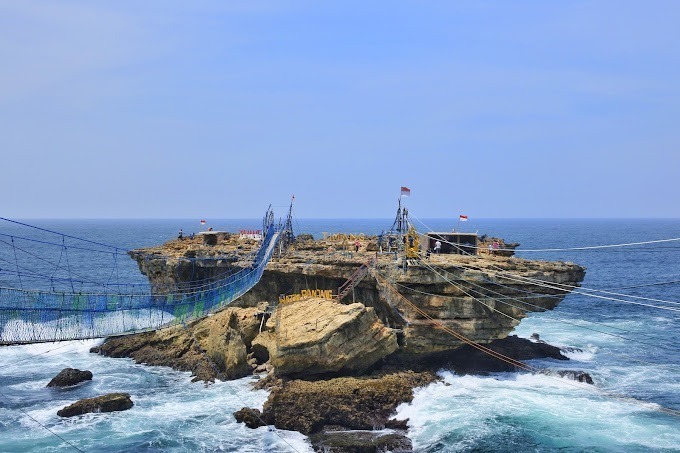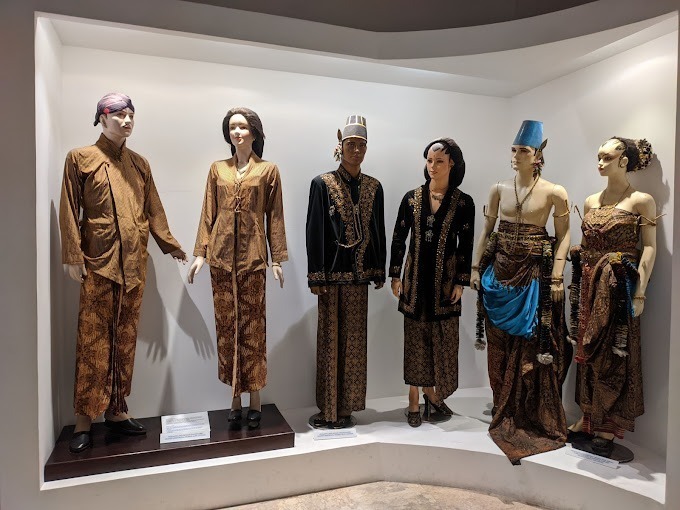What do you know about the many traditional cultural ceremonies in Yogyakarta? You have to admit that this city has its own appeal, and one of them is the solid preservation of the cultural values. When you come to the city to spend your holiday, you can take part in those ceremonies, if you come within the right time – and if you are lucky.
Don’t miss out these opportunities when you happen to come across one (or two) of them. Some of them are quite popular and they manage to attract tourists because of their appeal.
Grebeg Celebration or Ceremony
Grebeg ceremony is one of the many traditional cultural ceremonies in Yogyakarta that is held 3 times within a year. It was Sri Sultan Hamengkubuwono I that introduced this ceremony to the people. The name, Grebeg, is taken after the Islamic holiday, which seems appropriate with the celebration’s purpose. The main idea of having this ceremony is to introduce and expand Islamic teachings.
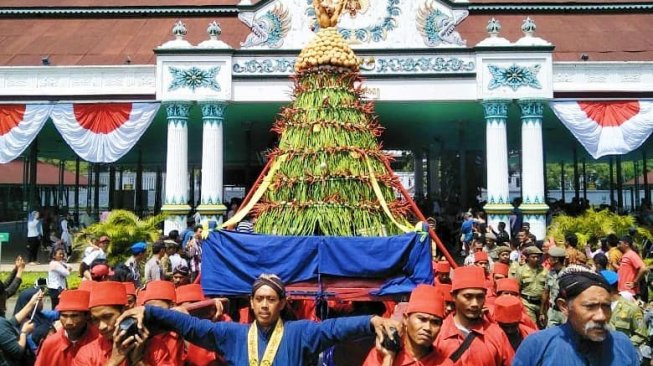
This traditional and cultural ceremony comes with some different names, including Grebeg Besar (Big Grebeg), Grebeg Maulud, and then Grebeg Syawal. Why are they different in names? Because they are held to celebrate different events. Grebeg Besar, for instance, is celebrated within Zulhijjah month that coincides with Hajj month. In Javanese, Zulhijjah month is known as the Great Month.
And then, Grebeg Maulud is another traditional ceremony held to celebrate Prophet Muhammad S.A.W birth. The final one, Grebeg Syawal is celebrated as the symbol of gratitude after the worship done within Ramadan month.
During these ceremonies, Sultan (or the King) will leave the majestic palace and carry a gunungan. It’s a mountain of food that will be carried around and then distributed to people coming to the celebration. The food is considered to bring good luck and charm, and those who get the food would be blessed with luck and good fortune.
Gejog Lesung
Lesung is the name of a traditional culinary tool. It’s a mortar (made from stone or wood) that is used together with a pestle to pound rice, corn, and others, making them smaller and powdery-like. Gejog Lesung is one of the traditional cultural ceremonies in Yogyakarta done during the eclipse. If you happen to visit Yogyakarta during the eclipse, you shouldn’t miss this event.
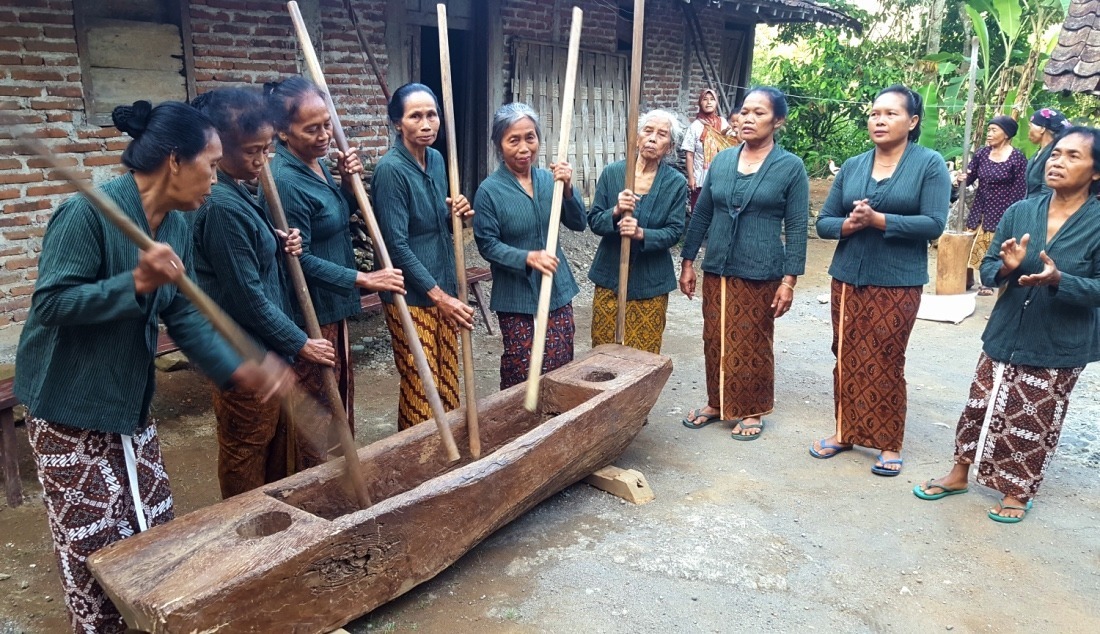
The traditional event usually consists of 5 to 6 people pounding the mortar. The resulted rhythm (from the pounding) is the origin of this celebration’s name. in the past, this ceremony was done to welcome the eclipse. People back then believed that eclipse happens because there are giants eating the moon (and also the sun). They pounded the mortar with the pestle to ward off those giants, so they wouldn’t disturb the people.
Right now, naturally, no one still believes that there are giants eating the moons. But the ceremony is still done as a part of the cultural preservation. Not to mention that it’s celebrated as the festival to attract (and welcome) tourists or important (or grand) guests.
Nyandaran
Nyandaran is taken from Sanskrit word, Sraddha, meaning belief. Some people may know it as Ruwahan simply because it’s implemented during Ruwah month. It’s the Shaban month for Javanese people. As a part of traditional cultural ceremonies in Yogyakarta, this ceremony is done by Javanese people, right before Ramadan month. The included activities are cultural carnivals, prayer, cleaning meals, kembul bujono, and ujub.
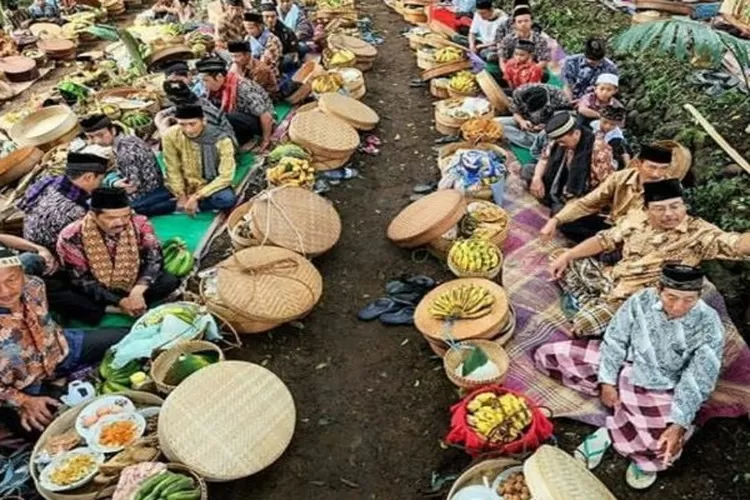
The main purpose of Nyadran is to remind people, especially the people of Yogyakarta, to remember God Almighty. Moreover, people should preserve the cultural value of helping each other. They should always remember that mutual cooperation among citizens is important and they must not forget this value.
Labuhan Ceremony
This is one of the traditional cultural ceremonies in Yogyakarta that is done on the beach. If you happen to visit the beach at the right time, you may be able to witness this ceremony. Labuhan comes from labuh, meaning to throw (something) into the sea.
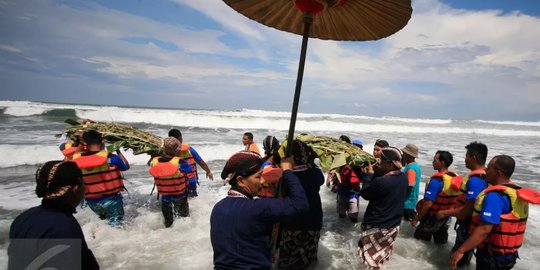
The ceremony is about delivering offerings to the spirits living in certain places by ‘melabuh’ those offerings. The purpose is to maintain the kingdom’s welfare while making sure that Sri Sultan and people in Yogyakarta are always safe and protected.
There are basically 3 Labuhan ceremonies, and they are named based on the locations being held. There are Labuhan Parangkusumo (the beach), Labuhan on Mount Merapi, and Labuhan on Mount Lawu.
Before the ceremony begins, people will pray together surrounding the sacred objects. Then they will carry the flower sowing procession, to indicate that the ceremony (Labuhan Parangkusumo) has started.
Afterwards, the main objects (together with the accompanying objects) would be anchored. In the meantime, the implementation for Labuhan ceremonies on Mount Lawu and Merapi is a bit different. The traditional leaders will provide the labuhan to each of mountain’s caretaker after praying first.
Wayang Jogja Night Carnival (WJNC)
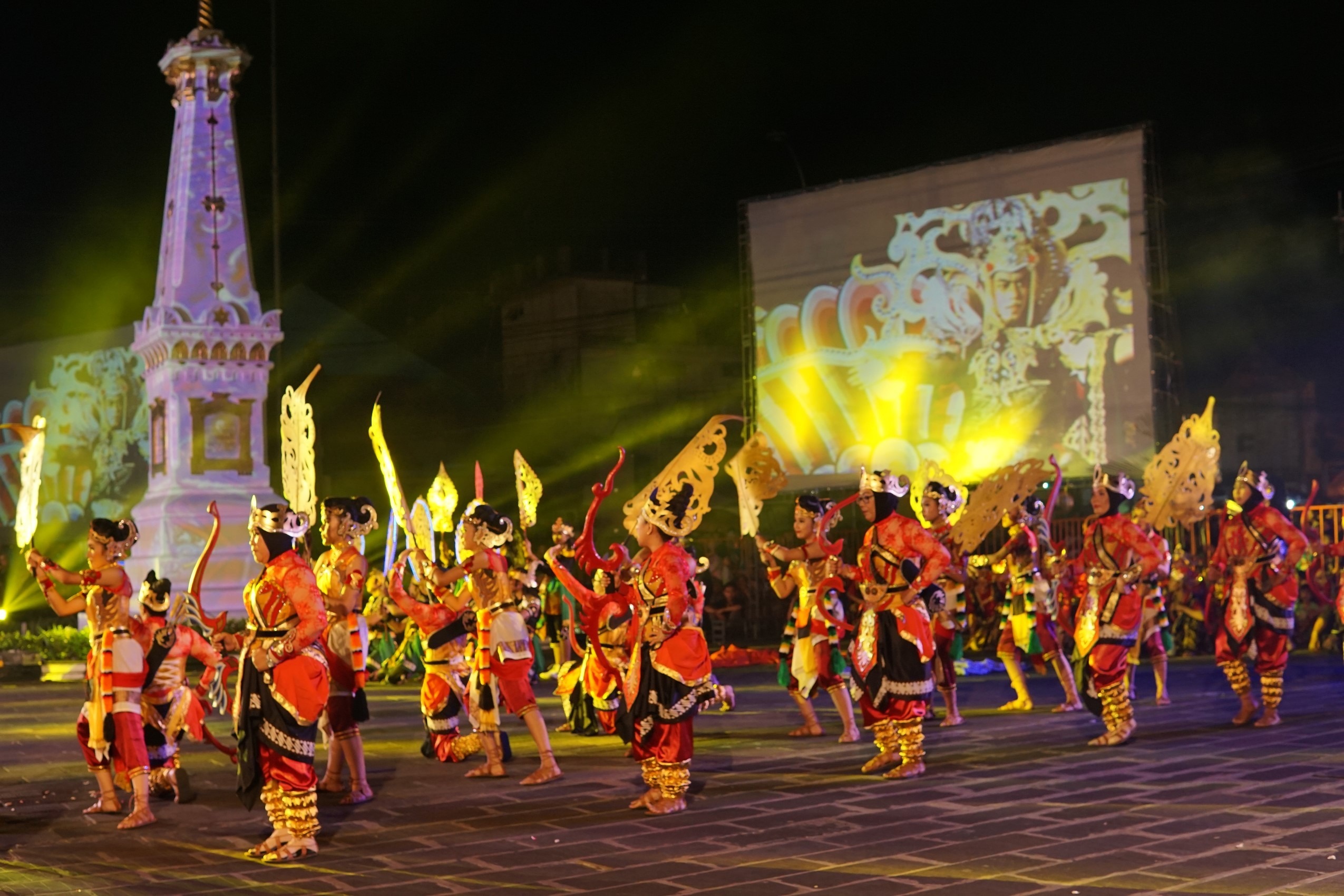
This event is a part of the birthday celebration of Yogyakarta. Every 7 October, Yogyakarta is celebrating its ‘birthday’ and WJNC is usually held as the peak event of the celebration. The main purpose is for tourism. Not only it’s done to preserve the cultural art of wayang, but having the event is meant to attract tourists to come to Yogyakarta. If you are interested in wayang performance, you should come to this event. You can check the schedule. also read Umroh Plus Turki.
Jamasan Pusaka
In Javanese, it means Siraman Pusaka or a sort of washing off the important heirloom. This event is open and available for the public. The purpose is to care for, as well as cleaning, the heirloom objects belonging to the royal family.
This ceremony is held annually, especially before the Javanese New Year. It’s also done to welcome the new year. It’s commonly done on Tuesday Kliwon or Friday Kliwon during Sura month. The processing is usually done close to Kiai Wijayandaru or Kiai Janadary banyan tree.
Conclusion
As you can see, there are so many different ceremonies that are done in Yogyakarta. These are just several examples as there are many more of traditional cultural ceremonies in Yogyakarta, which you can enjoy and see if you come to the city.


